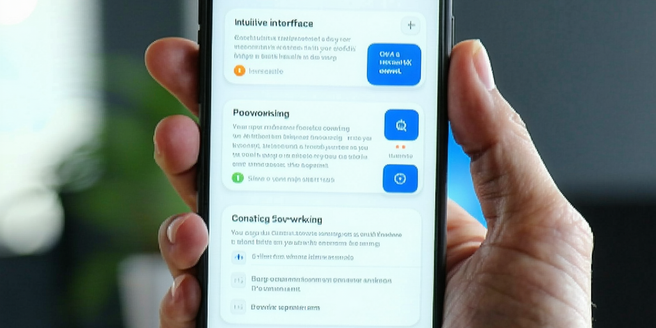Crafting App Free Trials

Understanding the Role of Free Trials in User Acquisition
Free trials are an essential component of user acquisition strategies in the competitive app market. They provide potential users with the opportunity to experience the full functionality of an app without any financial commitment. This no-risk approach helps build trust and eliminates the barrier of hesitation for customers considering a new product. By showcasing the app’s value, free trials can significantly increase the likelihood of conversion to paying user status once the trial period concludes. It is crucial to properly target the audience and tailor the trial offering to meet their needs while ensuring that the experience provided addresses the unique selling propositions of the app. A well-executed free trial strategy not only enhances user acquisition but also fortifies long-term brand loyalty by encouraging continued engagement beyond the introductory phase.
Designing an Effective Free Trial Experience
Crafting a seamless and engaging free trial experience is pivotal in converting prospects into loyal customers. Key components include providing easy access without complex registration processes, offering full feature access, and delivering an intuitive onboarding experience that highlights the app’s core benefits. Personalized communication during the trial period can help address user concerns and prevent drop-offs. It’s important to collect user feedback to continuously refine the trial experience. Additionally, setting clear expectations regarding what users can achieve with the product during the trial can lead to higher satisfaction rates. The ultimate goal is to ensure that users perceive significant value in the short time they engage with the app. By striking the right balance between showcasing benefits and ensuring ease of use, developers can significantly enhance the conversion rate from trial to paid subscriptions.
Balancing Trial Length and User Engagement
Finding the optimal trial length is crucial in balancing user engagement and conversion potential. A trial that is too short may not provide enough time for users to fully explore and appreciate the app’s features, leading to a lack of conversion. On the other hand, an excessively long trial can diminish the sense of urgency to subscribe and result in diminished perceived value. It’s important to analyze user behavior data to determine a trial period that allows users to explore thoroughly while maintaining an incentive to convert to a paid plan swiftly. Segmenting users based on their engagement and tailoring trial periods accordingly can lead to more effective conversion strategies. The trial duration should align with the average time required for users to experience a key value proposition, assisting in maximizing the app’s conversion potential.
Converting Trial Users to Paying Customers
The conversion of trial users to paying customers is the ultimate goal in a successful trial strategy. To achieve this, developers must focus on building engagement throughout the trial period by employing strategic communication, such as onboarding tutorials, timely emails, and personalized content. Highlighting key features and benefits regularly keeps users motivated to explore more. Offering limited-time promotions or incentives for upgrading to a paid subscription can be effective tactics. It is important to address any barriers to conversion by actively seeking user feedback and resolving issues. Furthermore, emphasizing the unique value and cost-benefit ratio of staying subscribed post-trial can enhance conversion rates. Understanding user needs and demonstrating how the app addresses those needs beyond the trial period are vital to ensuring a smooth transition from a free user to a paying customer.
Analyzing Data to Improve Free Trial Strategies
Data analysis is essential in refining and improving free trial strategies for higher conversion rates. By closely monitoring user engagement patterns, developers can identify which features are most appealing and which aspects of the app may require improvements. Insights from user feedback, including abandonment rates and drop-off points, can help in modifying onboarding processes or trial periods. Analyzing demographic and usage data can also assist in targeting marketing efforts more effectively and tailoring the user experience. Employing A/B testing can lead to evidence-based decision-making and optimization of trial strategies. By leveraging data analytics, developers can create more personalized, effective trial experiences that cater to user preferences and behaviors, ultimately enhancing the capability to convert trial users into loyal, paying customers, while continuously iterating to accommodate changing user expectations.